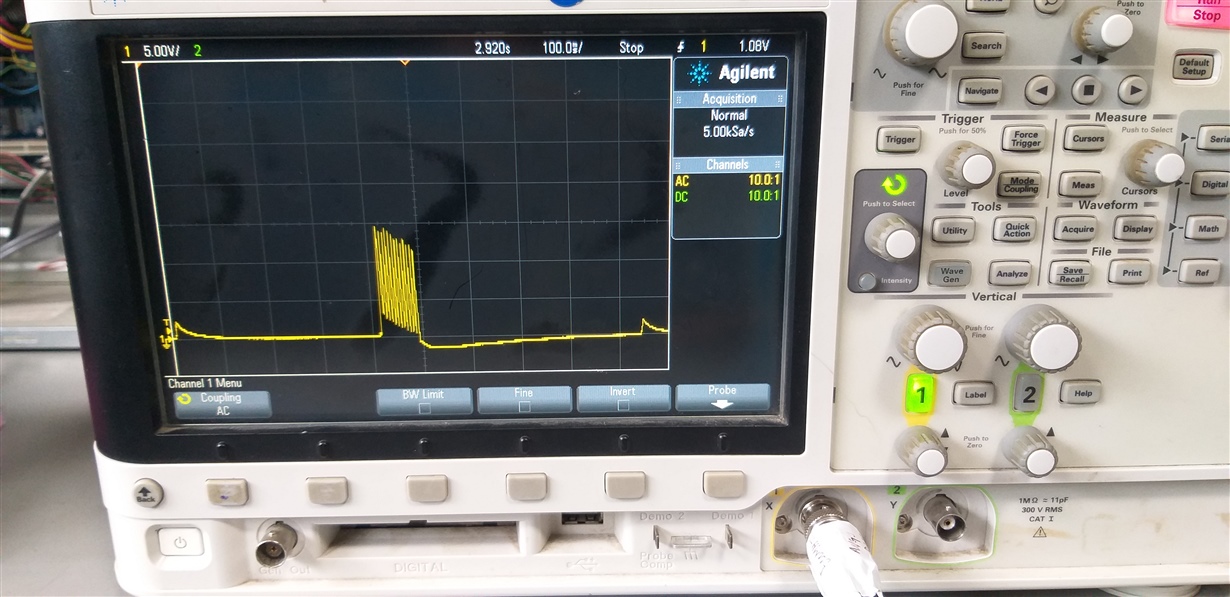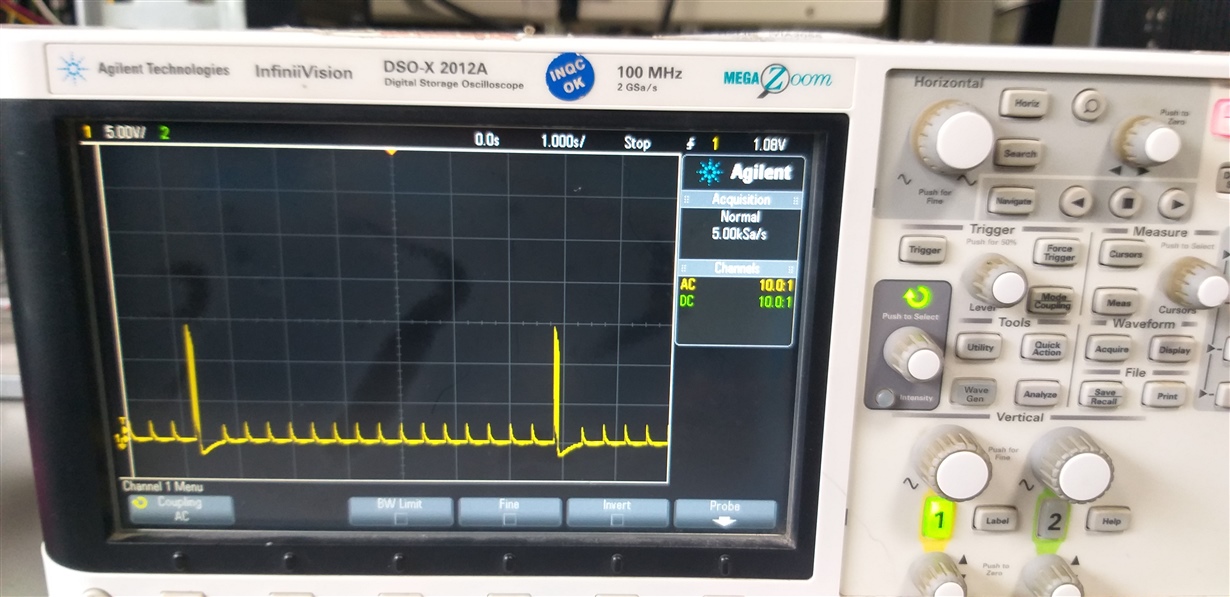Hi,
We are facing an issue with a module having wireless charger and receiver IC BQ51050B. The issue is, when we are placing the receiver module directly above the charge transmitter pad charging is not happening. But when we are slowly keeping the receiver module above the charge transmitter pad with an air gap of around 3mm, charging is initiating and we can put the receiver module freely above the charge transmitter pad, the Battery will charge (sometimes charging stops before full charge and then we have to take the receiver module from the pad and place it again like explained above). What may be the reason for this?. What we have tried is we have placed a thermocol of thickness more than 3mm and placed the receiver module above the thermocol. Irrespective of how many times and different directions we tried, the Battery is charging suddenly; without any interruption Battery is fully charging. Receiver coil self inductance (Ls) is around 28uH and Ls' with Ferrite sheet, Battery and primary shielding is around 32uH.
Expecting support as soon as possible.
Regards
Hafiz



